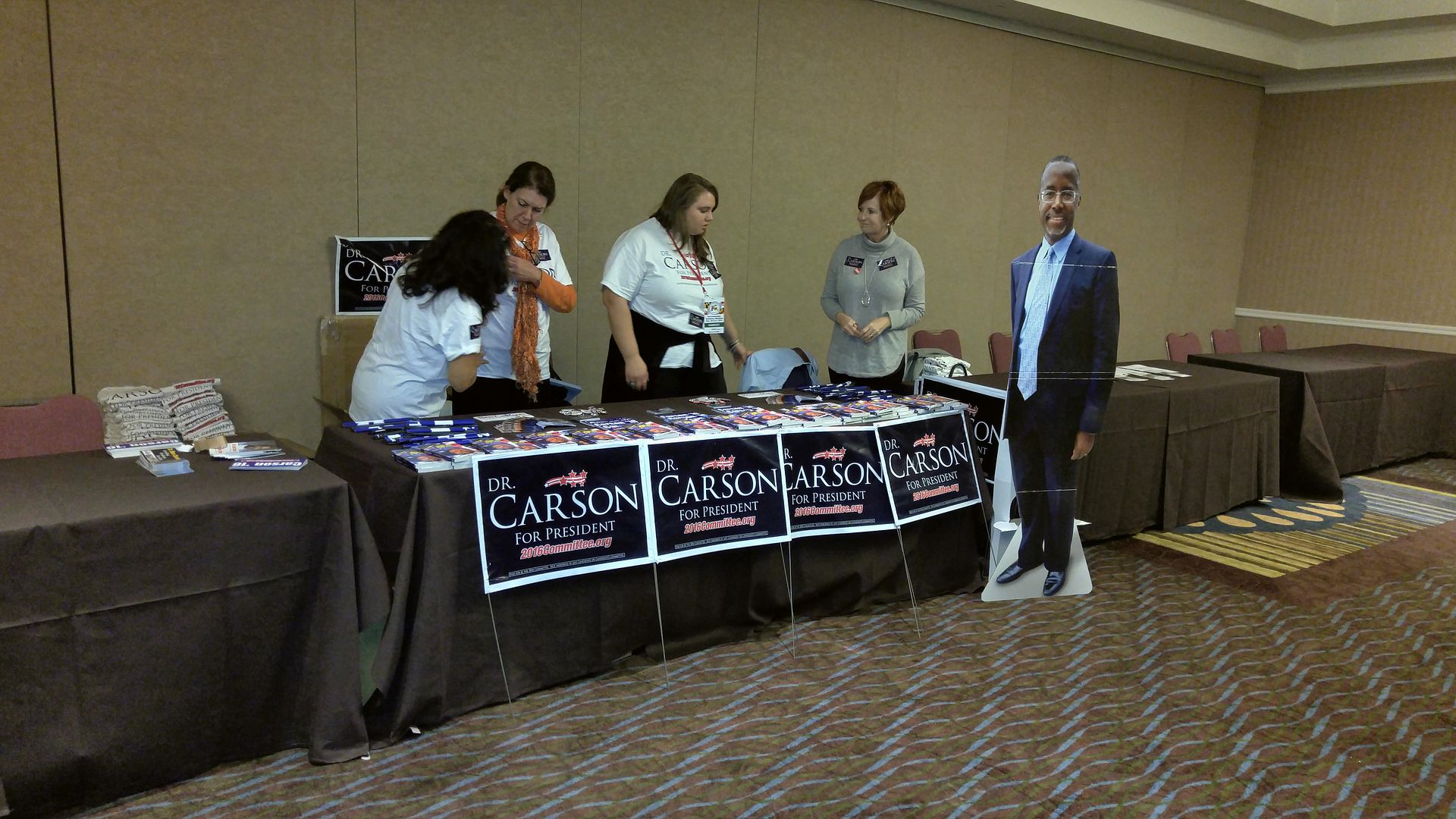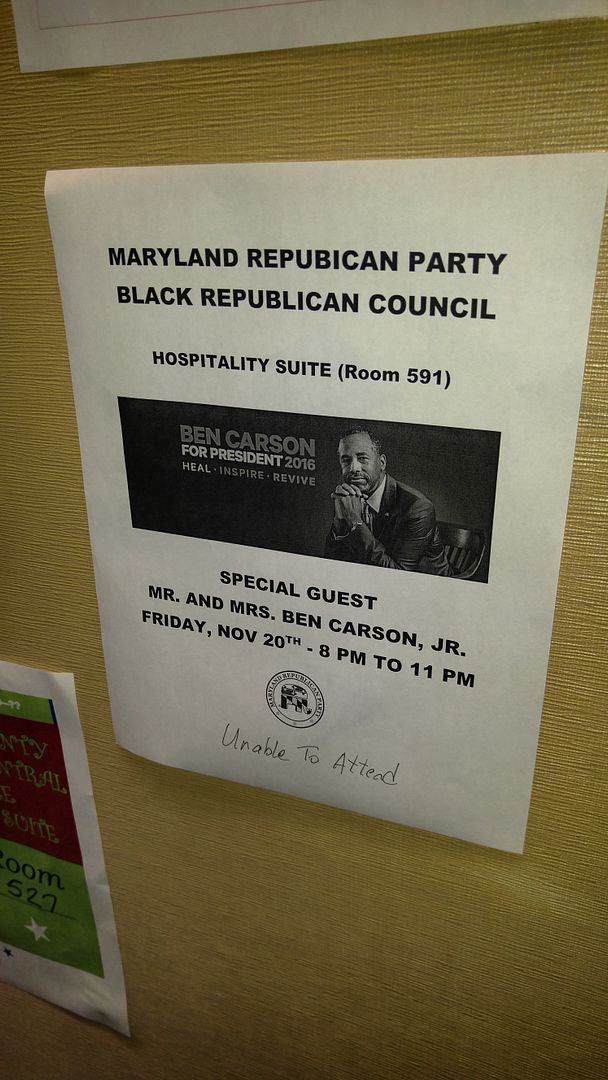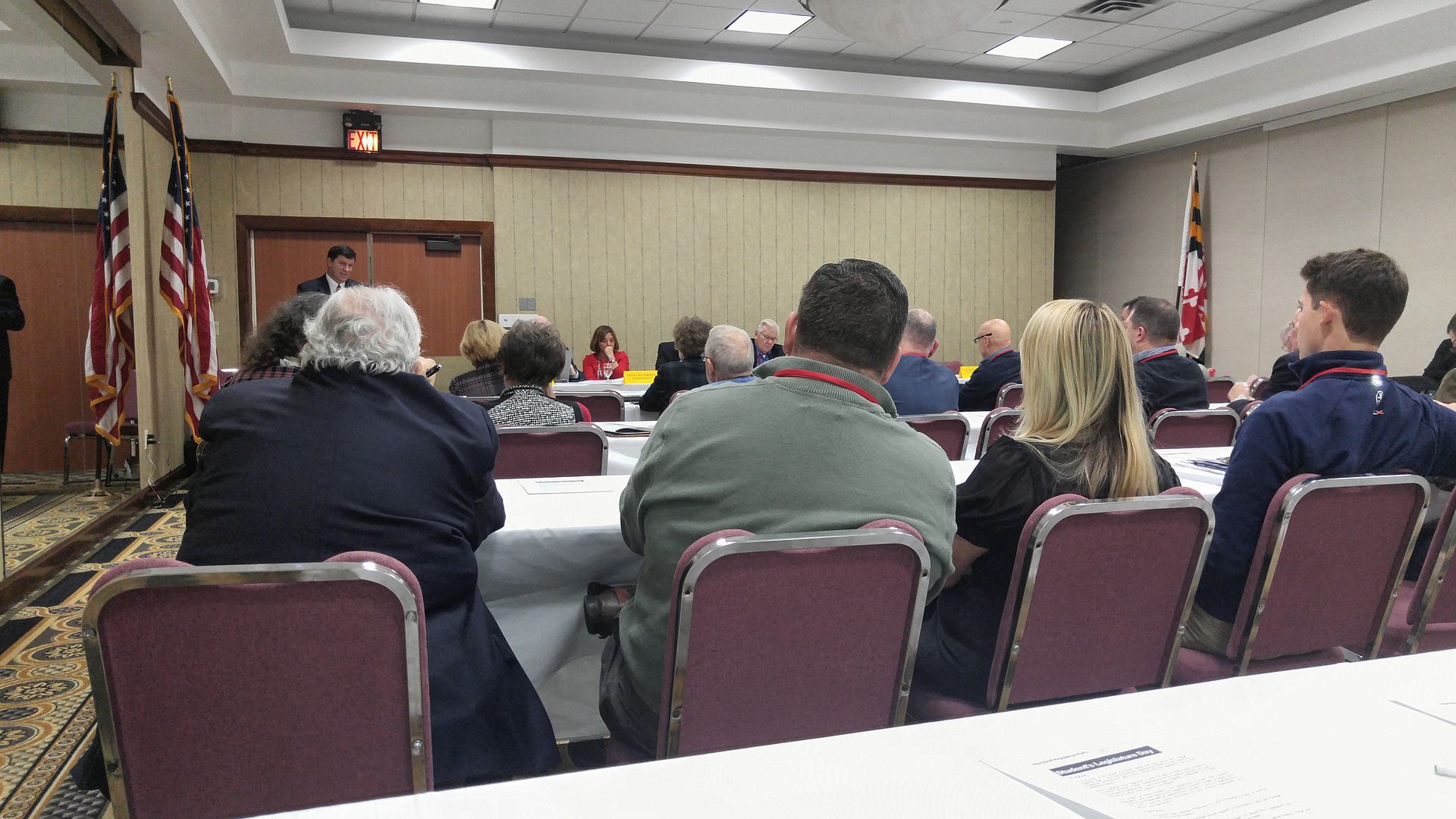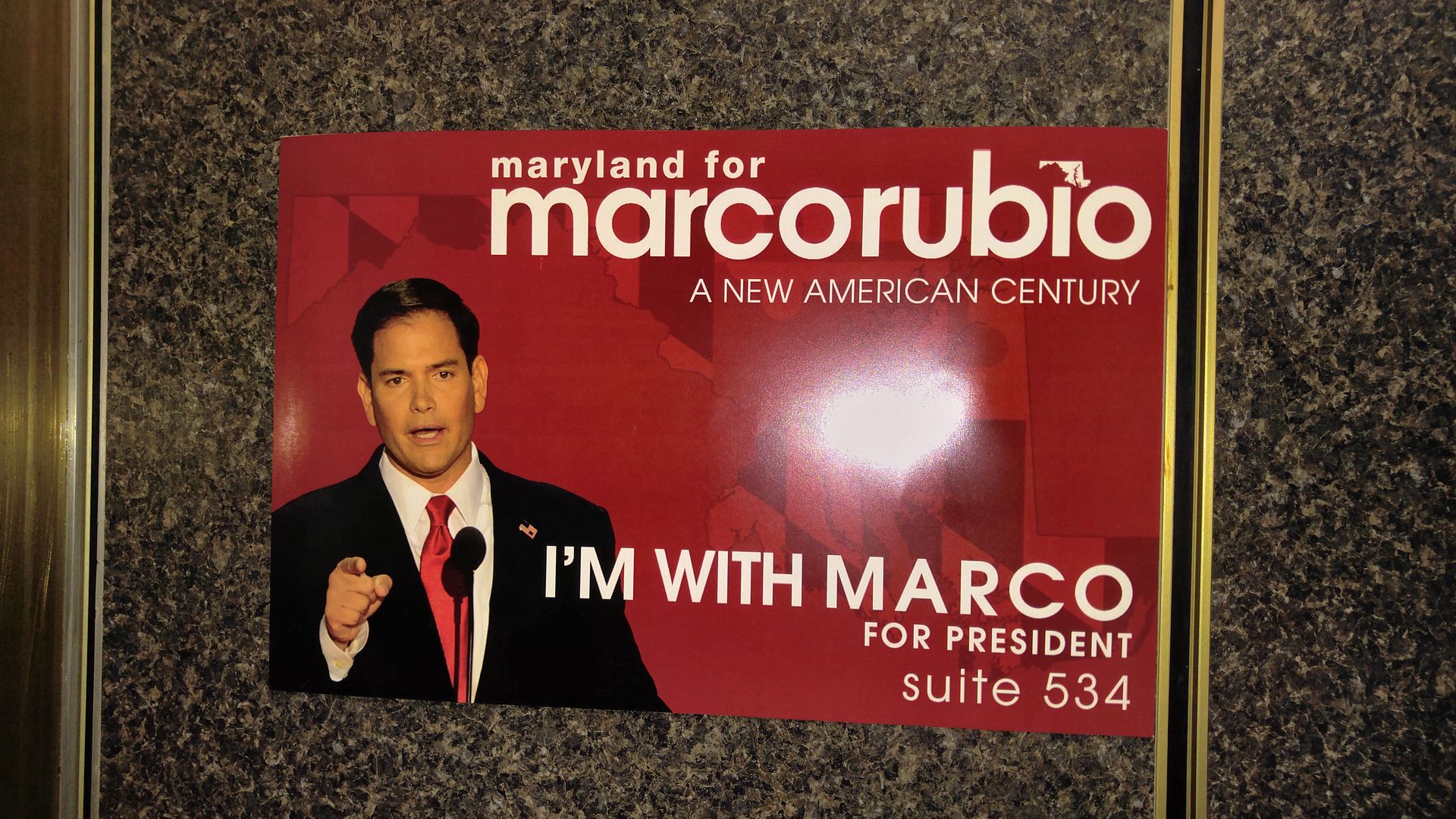For awhile I wasn’t sure I would ever make it to the 80th edition of this longtime monoblogue series but I have finally arrived with more tidbits that require only a few dozen words to deal with.
Since this category has the item I’ve been sitting on the longest, I’m going to talk energy first. Some of my readers in the northern part of the state may yet have a little bit of remaining snow from the recent blizzard, snow that may be supplemented by a new blast today. But the fine folks at Energy Tomorrow worry about a regulatory blizzard, and with good reason: Barack Obama has already killed the coal industry, states are suing for relief from the EPA, and a proposed $10 a barrel oil tax may further hinder the domestic oil industry already straining under a price war with OPEC. So much for that $550 annual raise we received, as Rick Manning notes in the latter story I link – for the rest of us, that’s like a 25-cent per hour raise without the increased taxation that normally comes with a pay increase. Yet that quarter would be lost to taxation under the Obama scheme.
It’s interesting as well that the Iowa caucus results favored Ted Cruz over Donald Trump despite their competing stances on ethanol, as Marita Noon wrote, but Cruz’s Iowa win also emboldened others to speak more freely about rescinding the ban.
Speaking of Cruz and Iowa, over the last week we’ve heard more about third-place Iowa finisher Marco Rubio in New Hampshire, as Erick Erickson predicted we would. It’s obvious to me that the media is trying to pick a Republican candidate for us, so they have been pushing either Donald Trump (who is far from conservative on many issues) or Marco Rubio (who has been squishy on immigration and perhaps can be rolled more easily on the subject again.) Or, as Dan Bongino writes, it could be the left’s divide-and-conquer strategy at work once again.
It seems to me that today’s New Hampshire primary should bring the race down to about five participants on the GOP side. The herd will almost certainly be culled of Ben Carson, Carly Fiorina, and Jim Gilmore based on results, polling, and financial situation, and that would cut it down to six. The loser between Jeb Bush, Chris Christie, and John Kasich should whittle the field to five in time for South Carolina and we will begin to see if Donald Trump’s ceiling is really about 25 percent.
Trump’s popularity has been defined by a hardline approach to border security, but once again I turn to Rick Manning who asks what Trump would do about Obamacare, He also shrewdly invokes Bobby Jindal’s name, since the policy wonk had a conservative approach:
Jindal understood that the Obamacare system has put down some roots, and tearing it out was not going to be an easy task that could be glibly done with the wave of a wand or a pronouncement from a podium. He understood that whatever health care system replaced Obamacare would set the tone for whether or not the federal government continued its expansion in scope and power. He understood that what we do about Obamacare is likely to be one of the most important domestic policy decisions that any president will make. So, he laid out his vision for what health care should look like in America. (Link added.)
Yet on another domestic issue New Hampshire’s neighbor Maine is making some serious steps in cleaning up their food stamp rolls. It’s a little scary to think that the Millennials and Generation X decided keeping the “free” stuff wasn’t worth actually getting a job (or taking alternate steps to improve themselves or their community.) Perhaps it is fortunate that these are childless adults.
Turning to our own state, Maryland Right to Life was kind enough to inform me that a rebadged “death with dignity” assisted suicide bill was introduced to the Maryland House of Delegates and Senate (HB404 and SB418, respectively.) The 2015 rendition never received a committee vote, but it also had a late hearing – this year the setup is a little bit more advantageous to committee passage and the number of sponsors (all Democrats) has increased. They thought they had enough votes to get it out of committee last year, and chances are they are correct.
I have postulated on previous occasions that this General Assembly session is the opportunity to plant the seeds of distrust Democrats desperately need to get back that which they consider theirs in 2018 – the Maryland governor’s chair. It will likely be a close, party-line vote but I suspect this bill will pass in order to make Governor Hogan either veto it (which, of course, will allow the press to make him look less than compassionate to cancer sufferers such as he was) or sign it into law – a course for which he will accrue absolutely zero credit from Democrats for reaching across the aisle but will alienate the pro-life community that is a vital part of the GOP.
Try as they might, the Democrats could not bait Hogan into addressing social issues during his 2014 campaign but that doesn’t mean they will stop trying.
On a much more somber note insofar as good government is concerned, the advocacy group Election Integrity Maryland announced they were winding up their affairs at the end of this month. As EIM president Cathy Kelleher stated:
The difficulty of maintaining a small non profit was a full time job and the responsibility fell on the same few individuals for far too long.
We can proudly say that in our 4+ years of operations, we made a difference in the way citizens view the record maintenance of the State Board of Elections and had an impact in the legislative process.
The problem EIM had was twofold: first, a lack of citizens interested enough to address the issues our state has with keeping voter rolls not just up to date, but insuring they are limited to citizens who are eligible to vote; and secondly just an overwhelming task considering there are over 3 million voters registered in Maryland. And for some of the counties that are more populous, the powers that be didn’t much mind having inaccurate voter rolls that may have had a few ineligible voters among them just in case they needed a few extra on election night.
And it’s that prospect of fraud which is among the reasons not to adopt National Popular Vote, as Natalie Johnson notes at the Daily Signal. It’s a good counter to an argument presented in the comments to one of Cathy Keim’s recent posts. After the angst of Bush vs. Gore in 2000, could you imagine the need for a national recount with states hanging in the balance?
I think the system can be improved, but there’s a time and place for that proposal and it’s not here yet. There’s also a time and a place to wrap up odds and ends, and we have arrived.













